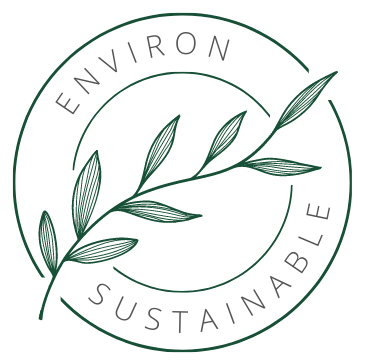Beginner's Guide to Beekeeping

Beekeeping, once considered a niche hobby, has seen a resurgence in popularity as people become more aware of the importance of bees in pollinating our crops and maintaining biodiversity. Whether you're interested in honey production, pollination services, or simply fostering a deeper connection with nature, starting your own beehive can be a rewarding and fulfilling endeavor. This beginner's guide will walk you through the basics of beekeeping, from setting up your hive to caring for your bees.
Getting Started: Understanding the Basics
Before diving into beekeeping, it's essential to understand the basic components of a beehive and the roles of different types of bees within the colony. A typical beehive consists of several components, including:
- Hive Bodies: These are the main boxes that house the bees. They come in various sizes, with the most common being deep and medium boxes.
- Frames: Frames are inserted into the hive bodies and serve as the foundation for the bees to build their comb and store honey, pollen, and brood.
- Queen Excluder: This optional component prevents the queen from laying eggs in honey supers, ensuring that the honey harvested is free from brood.
- Bottom Board: The bottom board forms the base of the hive and provides ventilation and entrance for the bees.
Choosing the Right Location
Selecting the right location for your beehive is crucial for the health and productivity of your colony. Ideally, the hive should be placed in an area with:
- Access to sunlight: Bees thrive in sunny locations that receive at least six hours of sunlight per day.
- Protection from wind: While bees can tolerate some wind, excessively windy conditions can stress the colony and make foraging difficult.
- Nearby water sources: Bees need access to water for hydration and cooling the hive, so ensure there's a water source within flying distance.
Beekeeping Supplies in Victoria
For aspiring beekeepers in Victoria, sourcing the necessary equipment and supplies is essential for a successful beekeeping venture. Fortunately, beekeeping supplies in Victoria boasts a thriving beekeeping community and numerous suppliers offering a wide range of beekeeping, including:
- Hive Kits: Beginner-friendly hive kits typically include all the essential components needed to set up a beehive, including hive bodies, frames, a bottom board, and a lid.
- Protective Gear: Beekeeping can be a stinging affair, so investing in proper protective gear such as a beekeeping suit, gloves, and a veil is crucial for your safety.
- Tools: Basic beekeeping tools such as a hive tool for prying apart hive components, a smoker for calming the bees, and a bee brush for gently moving bees off frames are indispensable.
- Feeding Supplies: Depending on your region and the availability of nectar sources, you may need to supplement your bees' diet with sugar syrup or pollen patties, so be sure to stock up on feeding supplies.
Conclusion
Embarking on your journey as a beekeeper can be both exciting and rewarding. By understanding the fundamentals of beekeeping, choosing the right location for your hive, and sourcing the necessary supplies, you'll be well-equipped to start your own colony. Remember to approach beekeeping with patience, respect, and a willingness to learn from both successes and challenges along the way. Happy beekeeping!

